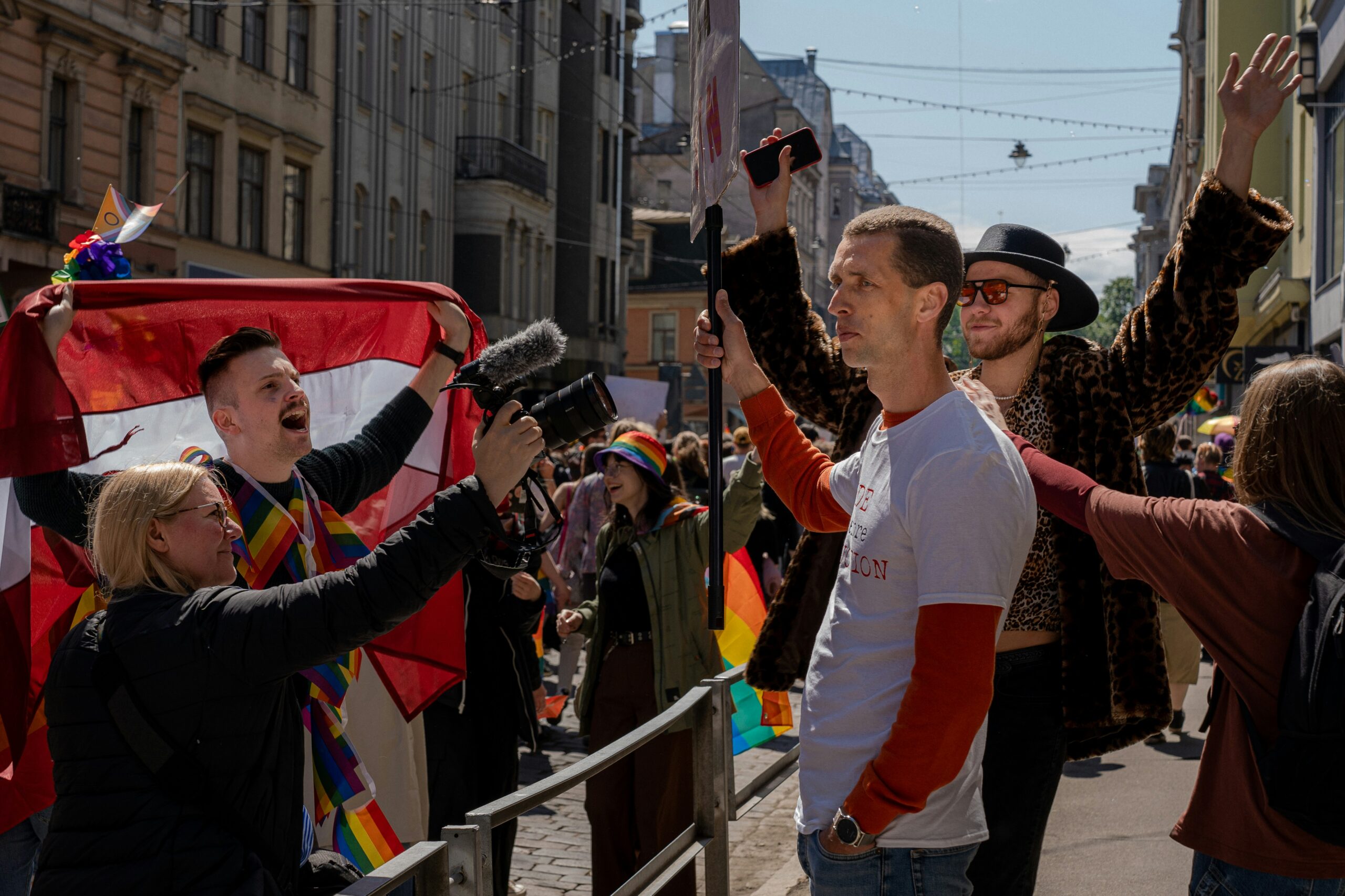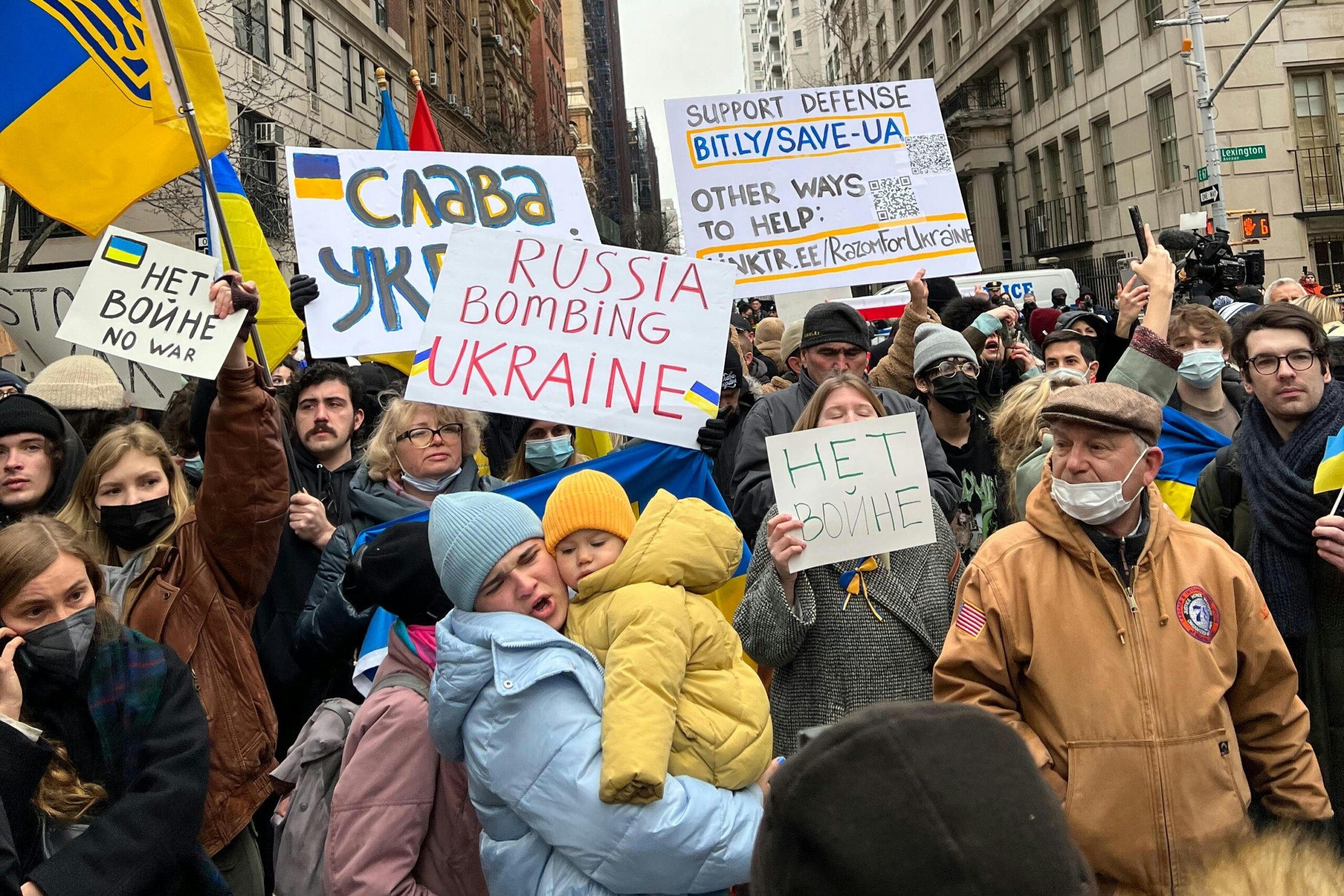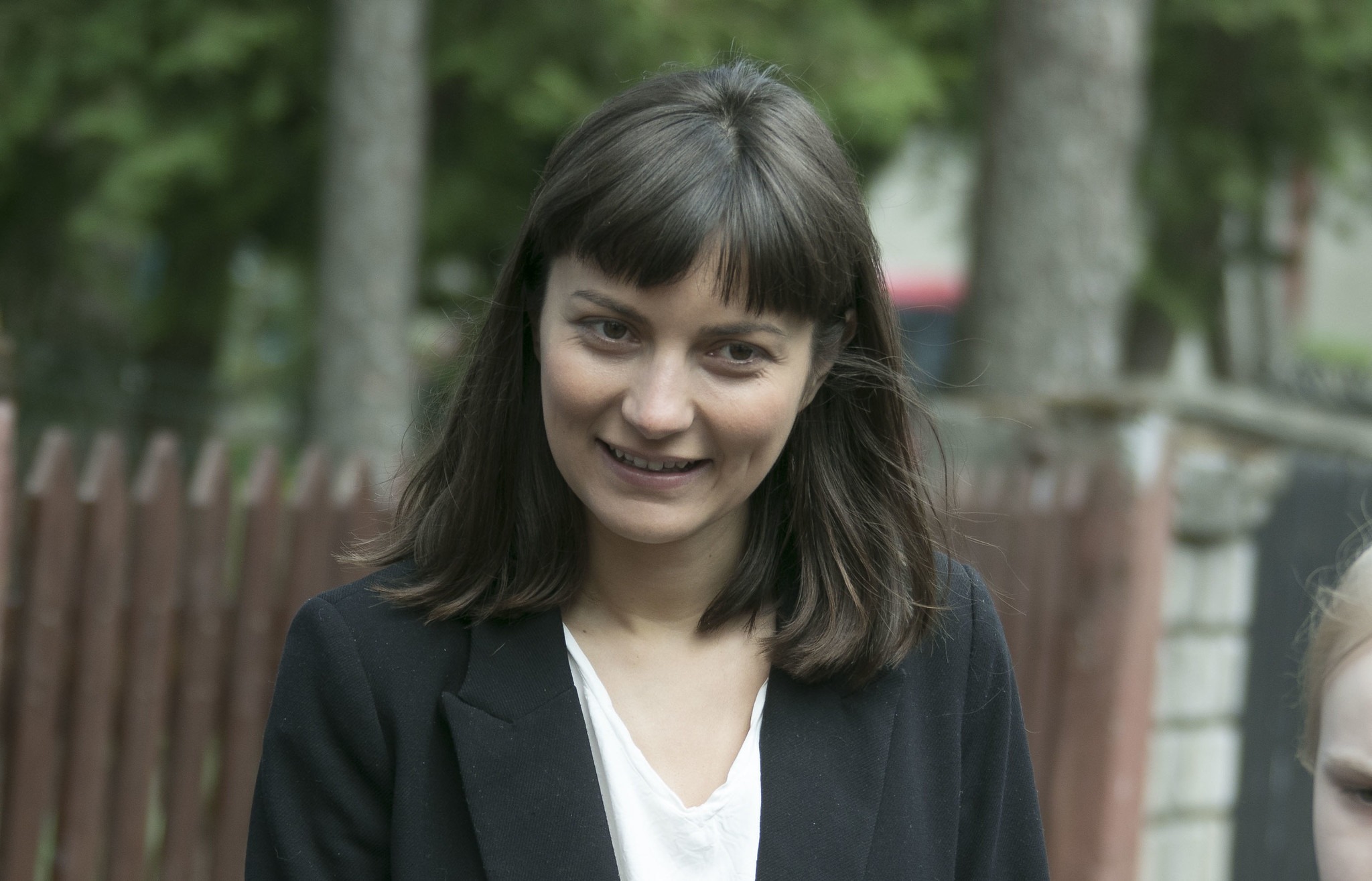
Key insights:
In September, pro-Kremlin disinformation actors in Estonia exploited defence scandals, cultural controversies, and judicial cases to undermine trust in state institutions and amplify ethnic and geopolitical divides. Key narratives included:
- Russophobia as state policy — controversies around theatre dismissals, ethnic slurs in political discourse, and high-profile trials were used to depict Estonia as systematically hostile to its Russian-speaking population.
- Corruption and incompetence in defence and governance — revelations of large-scale financial mismanagement in the Defence Ministry and debates on security laws were framed as evidence of state failure.
- Delegitimising Estonia’s security concerns — Russian aircraft and drone incursions into Estonian and Polish airspace were denied, reframed as “fabrications,” and used to accuse NATO of provocation.
- “Rehabilitation of Nazism” narratives — Moscow’s prison sentence against the Narva Museum director was amplified to accuse Estonia of glorifying Nazism.
- Targeting freedom and democracy — domestic debates over proposed legislation and border closures were portrayed as proof that Estonia and the West criminalize free speech and restrict freedoms.
These narratives sought to erode trust in Estonia’s democratic institutions, cast NATO and the EU as aggressors, and keep parts of the Russian-speaking population aligned with Kremlin worldviews.
Overview of the Main Findings:
The month began with revelations from the National Audit Office highlighting systemic mismanagement within the Ministry of Defence, including missing contracts, erroneous payments, and frozen funds. Pro-Kremlin commentators seized on the audit, portraying Estonia’s defence spending as corrupt, wasteful, and harmful to social welfare. This narrative was reinforced by criticism of defence priorities at a time of perceived economic hardship. Parallel to this, the court-ordered search for lawyer and blogger Andrei Vesterinen was widely exploited. Pro-Kremlin voices framed his fraud case as political persecution, given his record of pro-Russian activism and anti-government rhetoric.
The second week saw heightened attention on drone incursions and theatre controversies. While Poland accused Russia of violating its airspace, Kremlin-aligned outlets dismissed the claims as propaganda, sharing falsified evidence. Estonia’s solidarity with Poland was portrayed as subservience to NATO. Meanwhile, layoffs at Tallinn’s Südalinna Theatre triggered debate about state funding and cultural policy. In Russian-speaking social media groups, these dismissals were interpreted as deliberate attacks on Russian culture. Even critical remarks by Tallinn’s mayor were reframed in Russian state media as resistance to “Russophobic” policies.
By mid-month, after three Russian MiG-31s violated Estonian airspace, pro-Kremlin commentators again denied the incident, calling it a fabrication or technical error. They portrayed Estonia’s claims as NATO-driven provocation. Simultaneously, proposals by Interior Minister Igor Taro to criminalize monitoring terrorist propaganda were reframed as proof that Estonia intends to suppress free speech and thought. Calls from the opposition Isamaa party to close the Russian border were similarly spun as evidence of institutional Russophobia.
The final week of September was dominated by Estonia’s appeal to the UN Security Council following repeated Russian airspace violations. Kremlin-aligned voices mocked the move as “Russophobic hysteria” and “pathetic false accusations.”
Overall, September’s disinformation landscape combined domestic governance failures, ethnic tensions, and geopolitical disputes. Narratives consistently aimed to weaken public trust in the Estonian state, portray NATO and the EU as aggressors, and normalize Kremlin narratives among Russian-speaking communities.
Story of the Month
In September 2025, a high-profile case of pro-Kremlin disinformation emerged in Estonia when Russian authorities sentenced Maria Smorzhevskih-Smirnova, the director of the Narva Museum, to ten years in prison in absentia for allegedly ‘spreading false information about the Russian army’ and ‘rehabilitating Nazism’. The charges related to a banner displayed at Narva Castle on 9 May 2025, depicting bloodstains and bearing the message ‘Putin is a war criminal’, with half of Putin’s face stylised to resemble Adolf Hitler. The case quickly became a major topic on Russian-language social media in Estonia and abroad. Pro-Kremlin commentators widely supported the Moscow court’s decision, accusing Smorzhevskihh-Smirnova and Estonian authorities of ‘rehabilitating Nazism’. This narrative reinforced typical Kremlin propaganda themes by portraying criticism of Russia as extremism and casting Russia as a defender of historical memory. From an analytical perspective, the case demonstrates intimidation tactics, such as using extraterritorial legal action to target individuals outside Russia and leveraging social media to amplify fear and shape perceptions. It also highlights the continued influence of Russian-language information channels in Estonia and the persistence of Kremlin-aligned narratives through cultural and historical framing.









